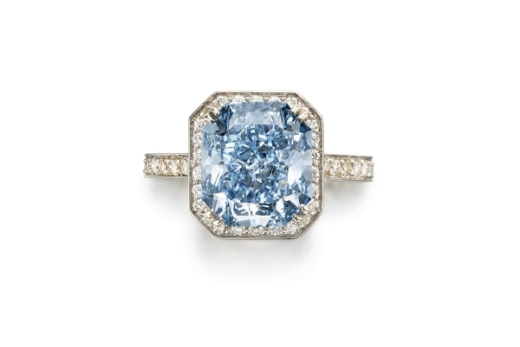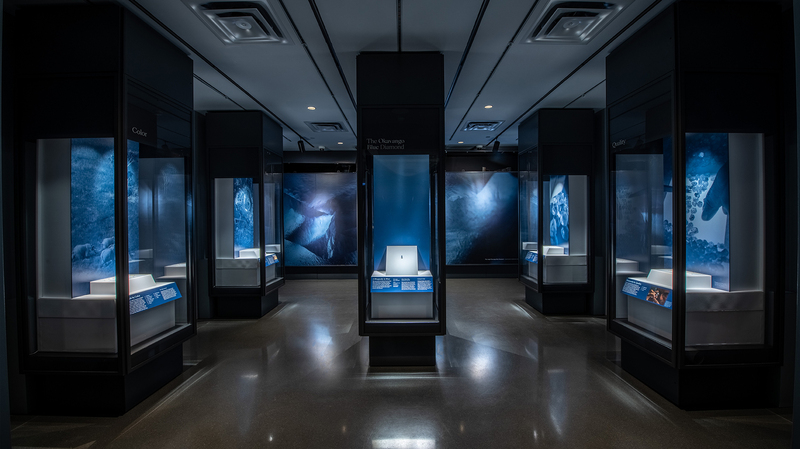Industry leaders in India have published draft rules aimed at stopping members from selling diamonds with false grading reports.
The new Diamond Charter calls for tight measures to prevent the misuse of certificates. It also requires companies to take action to stem the circulation of grading reports that are not attached to a stone.
The document, which the Gem & Jewellery Export Promotion Council (GJEPC) posted on its website last week, mandates ethical conduct and grants powers to punish those who misbehave. It is currently at the consultation stage, and could go into effect next month, GJEPC executive director Sabyasachi Ray told Rapaport News Monday.
The draft calls for participation by the Bharat Diamond Bourse (BDB), the Surat Diamond Bourse (SDB) and the Mumbai Diamond Merchants’ Association (MDMA), as well as the Gemological Institute of America (GIA), the International Gemological Institute (IGI), HRD Antwerp, Gemological Science International (GSI) and the Gemmological Institute of India (GII). Those organizations will also set up a committee to enforce the rules among members, it says.
The move follows increased demand for grading and a string of fraud cases involving natural stones carrying reports pertaining to lower-quality or synthetic goods.
“[Since] lab-grown diamonds came into the market, above [0.30 carats], no natural diamond is sold without a certification,” Ray explained. “This [underpins] the value of the diamond.”
The rules require grading institutions to give each diamond a unique identification number and a corresponding laser inscription when they receive it for certification, and to keep an accessible online archive of reports. They also compel labs to offer free verification services at major trading centers and maintain records of know-your-customer (KYC) documents.
Meanwhile, bourses must remind their members that trading of a certificate without the sale of a diamond is illegal, according to the charter.
The guidelines also govern what happens if a seller has multiple grading reports from different labs for the same stone and only wishes to give the buyer one of them. In this case, the seller should return the remaining certificates to the lab or destroy them within 30 days so misuse of the document is impossible, the charter continues.
It also calls on diamond buyers to verify the certificate’s authenticity using the relevant lab’s online database.
The boards of the BDB and the GJEPC have approved the charter, with members of exchanges and the general public now able to comment on the draft before November 16, Ray said. Depending on feedback, implementation could happen by December 1, he added.
“Our understanding is that the charter is in draft; we look forward to learning more about it,” a GIA spokesperson said. “For many years, GIA has supported the efforts of trade bodies, including the GJEPC, in addressing issues of importance to the trade and to advance consumer protections.”
While grading fraud has been an issue for years, the phenomenon has become especially common since the rise of lab-grown diamonds.
In August, police in India discovered a scam in which people had sold low-quality diamonds bearing counterfeit certificates, a number of them involving forged GIA report numbers. Some of the stones were lab-grown but carried natural-diamond reports.
In May, the GIA reported a rise in submissions of lab-grown diamonds with counterfeit inscriptions.
Clarification, November 9, 2021: This article has been updated to clarify that not all the named organizations have signed up to the charter, which is still in a draft stage. A quote from the GIA has also been added.
Source: DCLA














